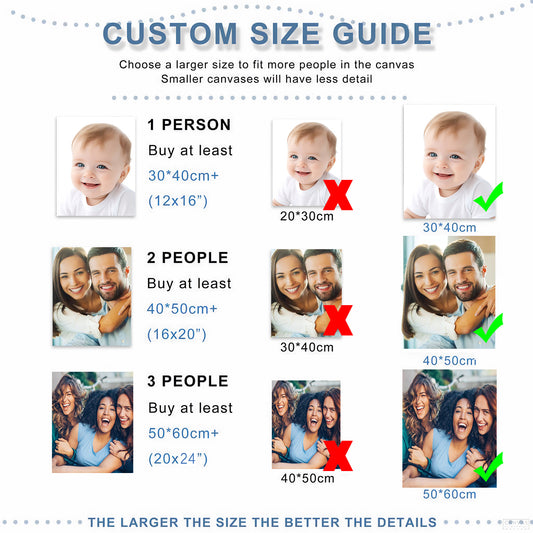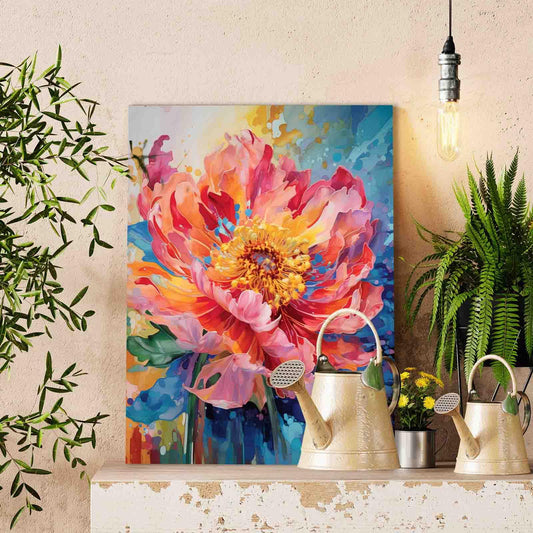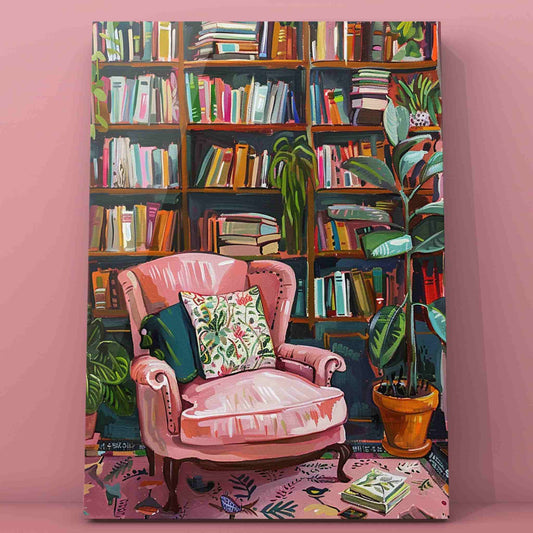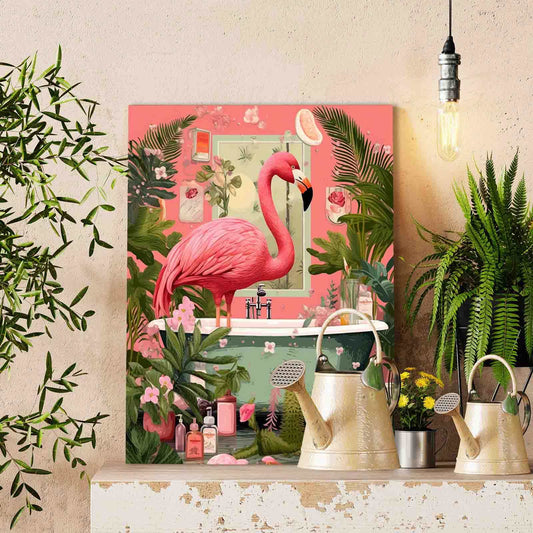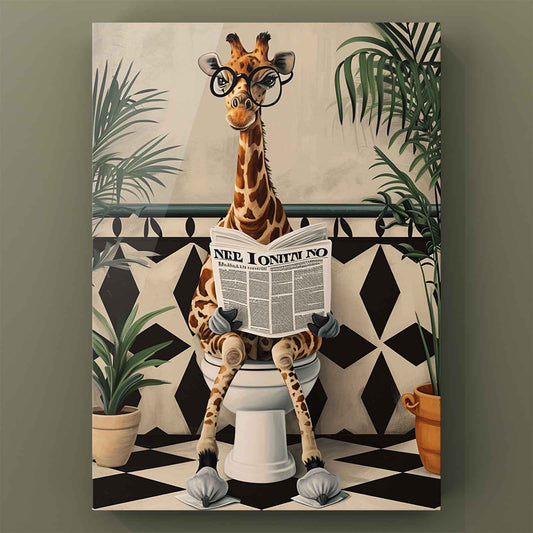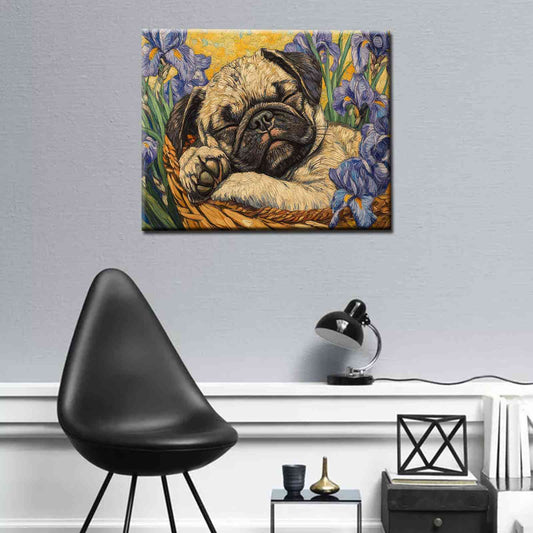
How to Create a Calming Corner for Kids at Home or School
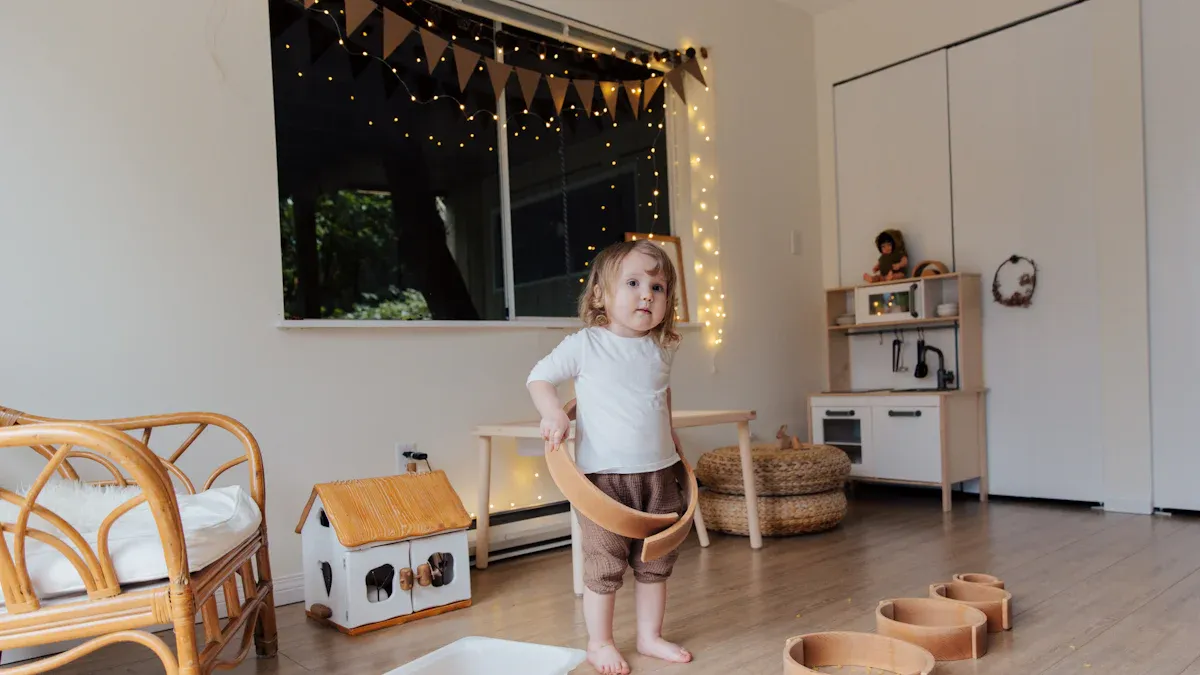
A calming corner provides children with a dedicated calming space to handle their emotions and engage in mindfulness practices. This calming corner helps develop emotional intelligence and reinforces the idea that experiencing unpleasant feelings is completely normal. These spaces support emotional regulation, foster mindfulness, and help reduce stress. Research indicates that a calming corner can boost focus, promote self-regulation, and establish a serene environment for kids, whether at home or in school.
Key Takeaways
Pick a quiet spot that kids can easily reach. This helps them focus on calming down without interruptions.
Add sensory items like stress balls or fidget toys. These tools help kids control feelings and stay calm.
Tell kids why the calming corner is important. Explain it’s a safe place to relax, not for punishment.
Setting Up the Perfect Calm Corner
Choosing a Quiet and Accessible Location
Selecting the right spot for a calming corner is essential. Look for a quiet, low-traffic area where kids can focus on calming strategies without distractions. In classrooms, avoid busy zones like the block or art areas, which tend to attract groups. Instead, consider quieter spaces like the library or science corner. At home, a designated small space in a bedroom or a corner of the living room can work well.
The location should be easily accessible but slightly removed from the main activity areas. This ensures privacy while maintaining visibility for supervision. Make sure the space is large enough to accommodate calming tools and furniture, such as a soft mat or a bean bag chair. A calming corner doesn’t need to be elaborate; even a small area with a few calming items can make a big difference.
Tip: Use simple dividers or curtains to create a sense of separation while keeping the space open and inviting.
Ensuring Safety and Comfort in the Space
Safety and comfort are key when designing a calm corner. Avoid placing it near high-traffic zones like doorways or areas where kids might run. Choose soft surfaces like rugs or yoga mats to create a cozy environment. Add comfortable seating, such as a bean bag chair, to help children relax.
Incorporate sensory items like stress balls, fidget toys, or plushies to support emotional regulation. Organize these tools in a medium storage container to keep the space tidy. Soft lighting and calming colors can enhance the atmosphere, making it a true safe space for kids to recharge.
“Make it comfortable. Decorate the space so that it is comfortable and inviting. Use soft and calming colors. You can also add bean bags, soft floor mats, and roomy chairs.”
By ensuring the calming corner is both safe and inviting, you create a space where kids can practice mindfulness and regain their emotional balance.
Designing an Effective Calming Corner

Creating a Cozy and Inviting Atmosphere
A cozy and inviting calm corner encourages kids to use it regularly. Start by incorporating comfortable materials like soft rugs, cushions, and blankets. These items create a warm and welcoming environment. Add calming colors such as muted greens, blues, or pastel pinks. These shades promote relaxation and help soothe the senses. Soft lighting, like string lights or a small lamp, can further enhance the calming space.
Including sensory components is another way to make the area inviting. Tactile materials like plush toys, stress balls, or fidget spinners engage kids and support emotional regulation. You can also add soothing music or nature sounds to create a peaceful atmosphere. For a touch of tranquility, consider placing a small plant or nature-themed decor in the corner.
Personal touches make the space feel special. Let kids choose a few items that reflect their interests, such as a favorite book or a small photo. A bookshelf or room divider can provide a sense of seclusion, making the corner feel like a safe space for mindfulness and calming activities.
Tip: Avoid bright or intense colors, as they can overwhelm the senses. Stick to neutral or muted tones for a truly calming effect.
Affordable and DIY Ideas for a Calm Down Corner
Creating a calm down corner doesn’t have to be expensive. Many household items can be repurposed to build a functional and inviting space. Use a yoga mat, gymnastics mat, or soft rug as the base. Add pillows, blankets, or stuffed animals for comfort. Headphones, with or without music, can help block out noise and create a quiet corner.
For sensory tools, consider stress balls, kinetic sand, or tactile toys. These items are often affordable and can be found at stores like Dollar Tree. Mindfulness coloring worksheets, puzzles, and books are other budget-friendly additions. You can also create calming strategy posters or emotion charts to help kids identify and manage their feelings.
If you enjoy crafting, try some DIY calm down corner ideas. For example, make a sensory bottle using water, glitter, and food coloring. Or, create a fabric canopy for privacy using an old sheet or curtain. These simple projects can transform the space into a calming corner that feels both unique and personal.
Note: Adding calming music or nature sounds with a small speaker or phone can enhance the atmosphere without breaking the bank.
Must-Have Items for a Calming Corner

Sensory Tools to Engage and Soothe
Sensory tools play a vital role in helping kids manage their emotions and find calm. These tools provide tactile, auditory, and visual stimulation, which can soothe the senses and promote relaxation. Consider adding the following items to your calm corner:
Soft surfaces like yoga mats, gymnastics mats, or plush rugs.
Headphones with calming music or a sound machine for auditory relief.
Visual aids such as lava lamps, calming corner printables, or sensory bottles.
Tactile toys like stress balls, fidget spinners, or kinetic sand.
Weighted lap pads or compression garments for deep pressure comfort.
Books and magazines for quiet engagement.
Tip: Use a visual timer to help kids understand how long they can spend in the calming corner. This adds structure and supports emotional regulation.
These tools ensure the space is engaging and effective for kids of all ages.
Emotional Awareness Tools for Self-Regulation
Teaching kids to recognize and manage their emotions is a key goal of any calming corner. Emotional awareness tools provide structure and guidance for self-regulation. Here are some effective options:
Emotion cards to help kids identify their feelings.
Deep breathing posters with simple exercises.
Books that explore emotions and coping strategies.
Visual schedules of calming strategies, such as mindfulness or sensory activities.
SnuggleBuddies or plush toys designed to comfort and encourage emotional expression.
Tool Name |
Description |
|---|---|
Stress Relief Ball |
A DIY tool for sensory needs, decorated with emotive faces. |
PeaceMakers Mantra Cards |
Cards that help kids share thoughts and feelings in playful ways. |
Heart’s Treasure Hunt |
A book that guides kids through emotional exploration with animal friends. |
These tools make it easier for kids to understand their emotions and practice self-regulation in a safe, supportive environment.
Activities and Resources for Relaxation
Relaxation activities help kids unwind and refocus. Incorporate calming strategies that are simple yet effective. Some great options include:
Mindfulness coloring worksheets to encourage focus and creativity.
Puzzles and books for quiet, engaging activities.
Sensory bins filled with items like kinetic sand or water beads.
Breathing exercises to reduce stress and promote mindfulness.
Soft seating options like bean bags or floor cushions for added comfort.
Adding calming music or nature sounds can enhance the atmosphere further. These activities and resources create a quiet corner where kids can relax and recharge.
Introducing the Calming Corner to Children

Explaining the Purpose and Benefits
When introducing the calming corner to kids, explain its purpose in simple terms. Let them know it’s a safe space where they can go to self-regulate and manage big emotions. Highlight that it’s not a time-out space but a chill out zone designed to help them feel better.
You can describe the benefits in a way they’ll understand:
It helps them calm down when they feel upset or overwhelmed.
It teaches them that all emotions, even unpleasant ones, are normal.
It provides tools and calming strategies to help them feel in control.
Use relatable examples to make the concept clear. For instance, you might say, “When you feel like a storm is inside you, the calming corner is like a quiet corner where you can take a break and find your sunshine again.”
Setting Clear Rules and Expectations
Establishing rules ensures the calm corner is used effectively. Involve kids in creating these rules to give them a sense of ownership. Display the rules prominently, such as:
Use the space only when you need to calm down.
Keep the area tidy and organized.
Spend no more than 10 minutes at a time.
Explain that the calm corner is not for playing or socializing. If it becomes messy or misused, let them know it may be temporarily closed. Use a timer to help them manage their time and maintain structure.
Encouraging Regular and Positive Use
Encourage kids to use the calming corner by making it inviting and enjoyable. Involve them in decorating the space with cozy cushions, sensory tools, or nature-themed decor. Normalize its use by showing that it’s okay to take a break when needed.
Introduce mindfulness activities like deep breathing with a stuffed animal or drawing their breath. Practice these techniques during calm moments so they’ll remember them during stressful times. Positive reinforcement, like praising their use of calming strategies, can also build a healthy habit of using the calm corner.
Tip: Regularly remind kids that the calming corner is there to help them feel better, not as a punishment.
Creating a calming corner offers numerous benefits for children’s emotional well-being.
Benefit |
Description |
|---|---|
Builds Emotional Intelligence |
Helps children recognize and empathize with their own and others' feelings. |
Encourages Self-Regulation |
Teaches children to manage emotions effectively. |
Promotes a Harmonious Environment |
Fosters mindfulness and emotional balance, reducing stress. |
Start small! Use soft cushions, sensory tools, and calming posters. A cozy, affordable space can make a big difference in your child’s emotional growth.
Tip: Involve children in the process to create a space they’ll love and use regularly.

FAQ
What age group benefits most from a calming corner?
Children aged 3 to 12 benefit the most. However, you can adapt the space for teens by including age-appropriate tools like journals or books.
How much space do I need for a calming corner?
You only need a small area, such as a corner of a room. Even a 3x3-foot space can work if organized well.
Can a calming corner replace professional emotional support?
No, it cannot replace professional help. It serves as a supportive tool to help children manage emotions but should complement professional guidance when needed.
Tip: Always monitor how children use the calming corner to ensure it meets their needs effectively.














